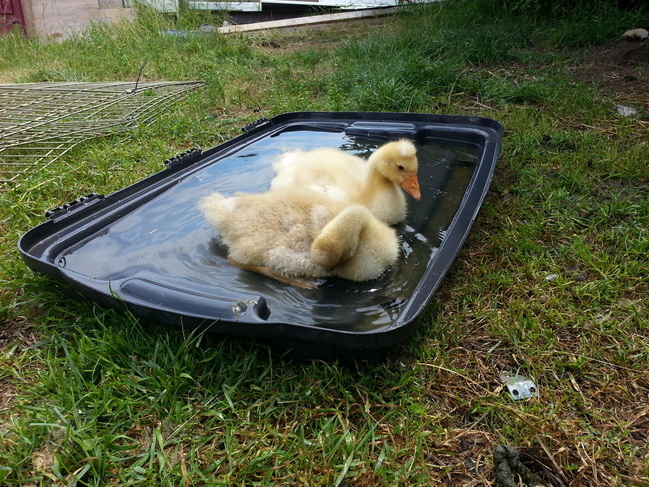 Their first swim. Goslings and ducklings can drown in too deep water and for the first while, a pool must be shallow enough that they can easily stand in it and leave when they are tired.
Their first swim. Goslings and ducklings can drown in too deep water and for the first while, a pool must be shallow enough that they can easily stand in it and leave when they are tired. The two goslings were hatched a day apart and thrown out of the nest because mamma goose was still sitting and she did not have time for the little one. The gosling would not have made it on his own and was brought to the house to live in a Rubbermaid tote with a heat lamp for warmth. Goslings do not require heat for more than a couple of weeks and if the weather is warm, they do not need it much at all. Unlike chickens, geese are very good in wet cool weather as well as warm dry days. Two weeks in the house and they had outgrown their tote. They then moved to the outside where the other three confiscated goslings joined them. At first they little goslings were afraid of the bigger ones, but within a few days, they were all fine together. A week in the outdoors in the puppy pen with boards over the top for security and shade and the older ones were returned to the parents. Hopefully they will not lose any more and take better care of these three.
Peep Peep and Zoom Zoom were then let out in the farm yard with close supervision. I was outside all day supporting and helping the contractor as well as doing the regular farm chores and was able to observe the goslings. They stayed close to where their pen was for the half the day, then got brave and venture a bit further. They got to swim in the tote lid, which they loved and eat all the grass they wanted.
The evening brings all sorts of terrors and although the dogs protect the farm with their lives, Peep Peep and Zoom Zoom are back in the puppy enclosure for the night for safety and security. They have a small bucket of water and their kibbles and some fresh grass. It is wonderful to hear them sing themselves to sleep, so sweetly and so softly they sing. They are totally bonded to humans now and prefer their company over the birds. They were in with the birds in the main yard for a few minutes but were terrified, so I brought them back to the farmhouse yard. For the next week they can wander around the farmhouse yard, but the reason it is fenced off from the barnyard was to keep the animals that poop anywhere on the other side, so their days are limited in the yard. Soon they will be bigger and more confident too and able to join the rest of the ducks and geese in the farmyard.
Geese are wonderful companion birds, friendly and intelligent and like to be cuddled if they are from when they are hatched. Who would think that a goose was a great pet? Peep Peep and Zoom Zoom surely are!

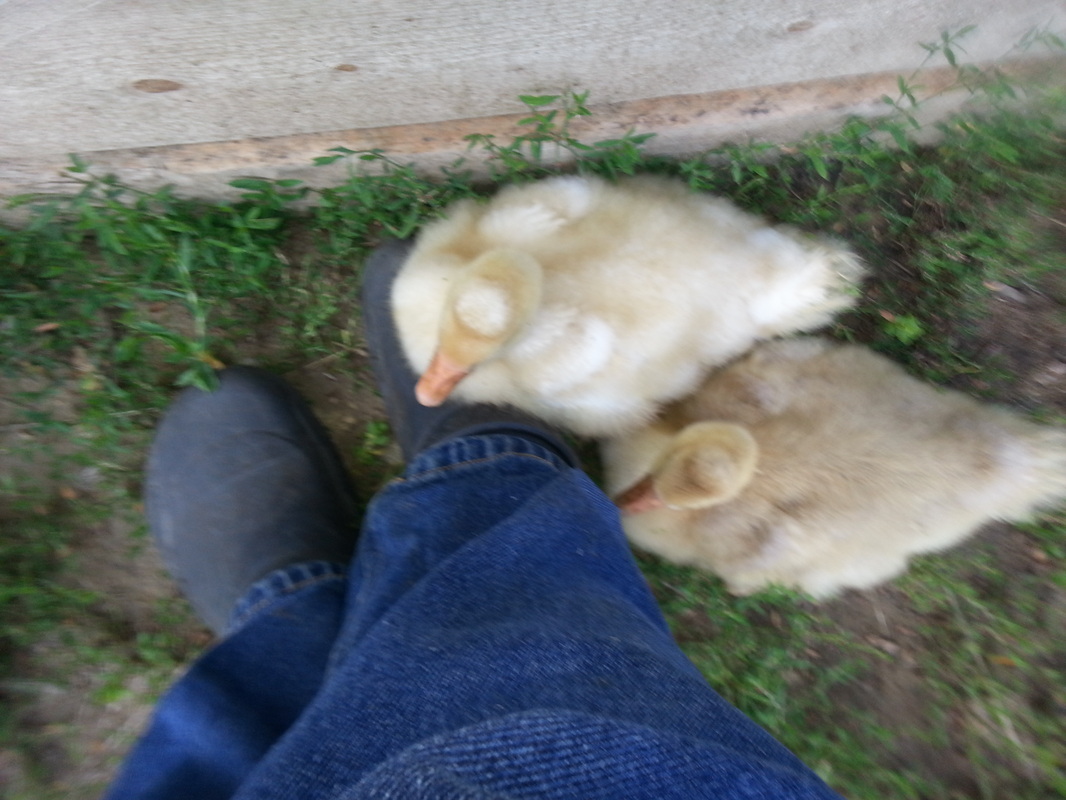
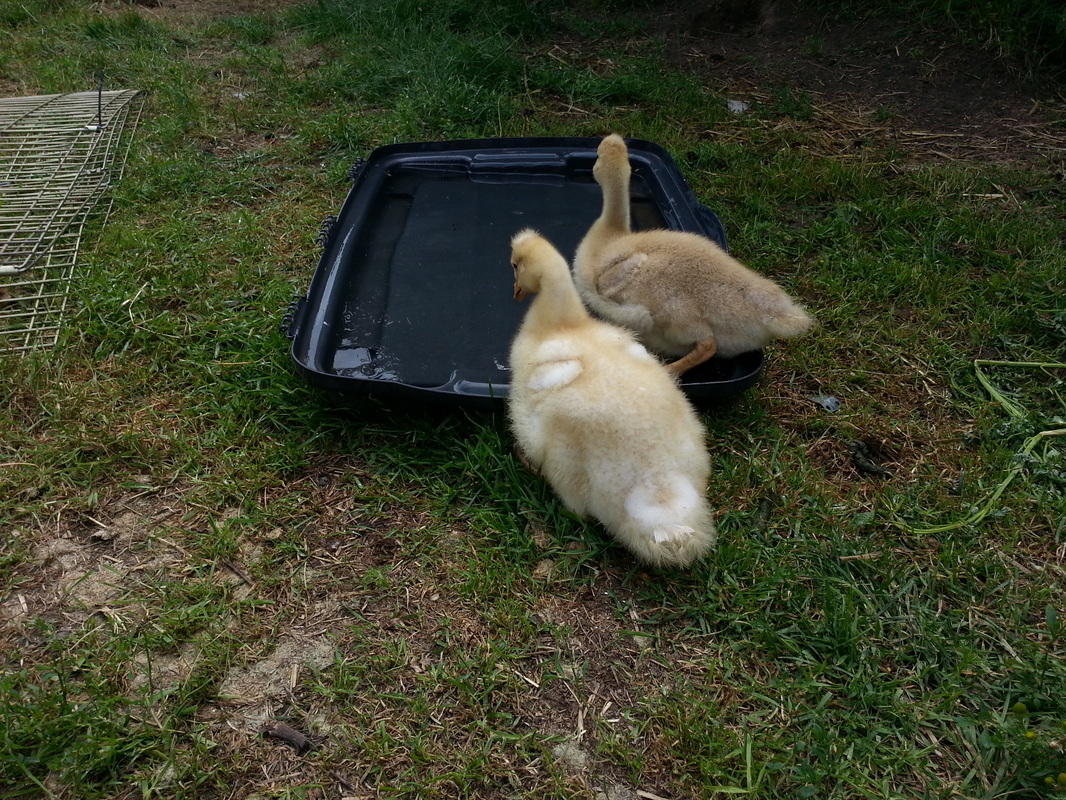
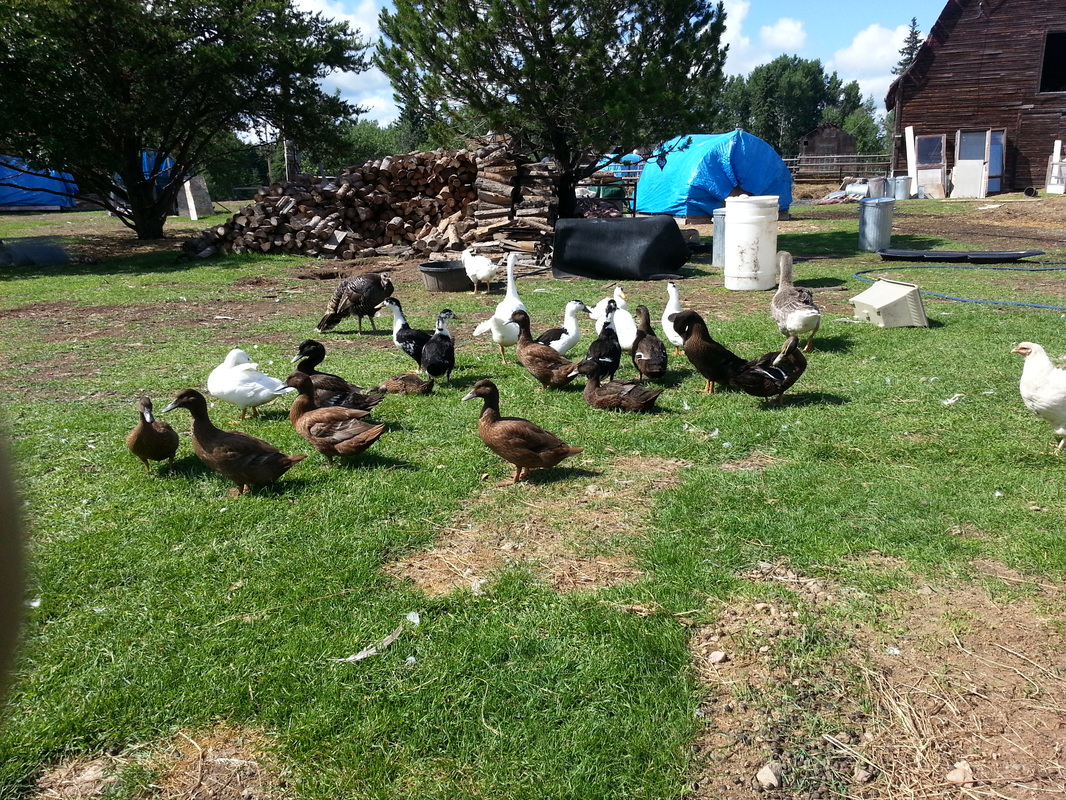
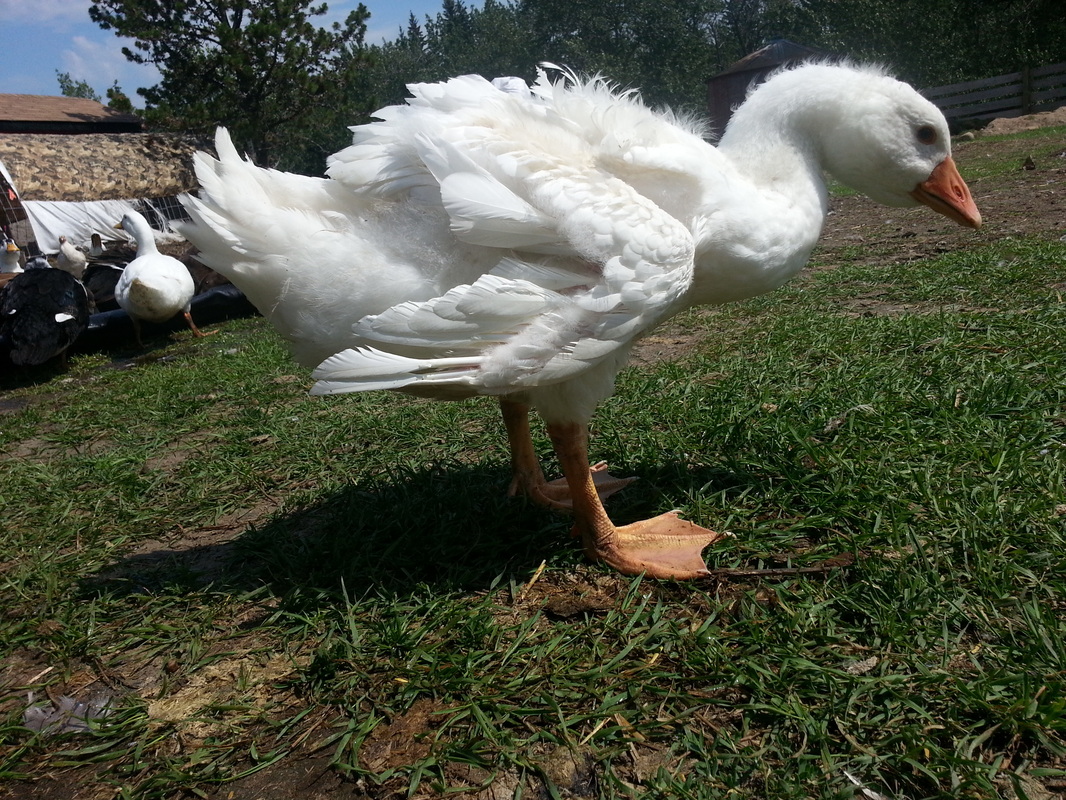
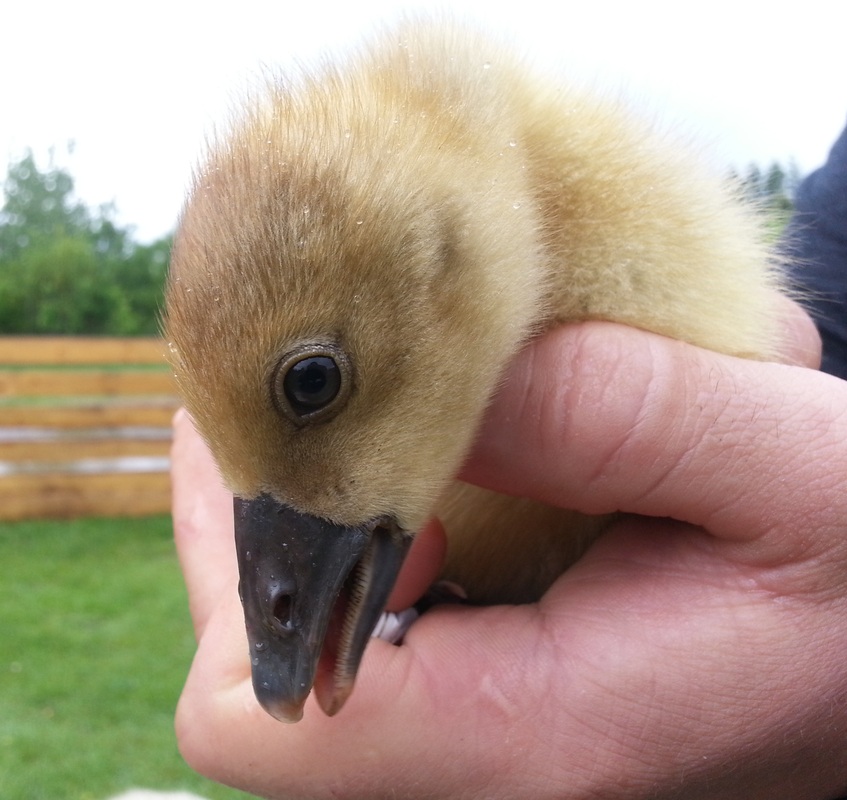
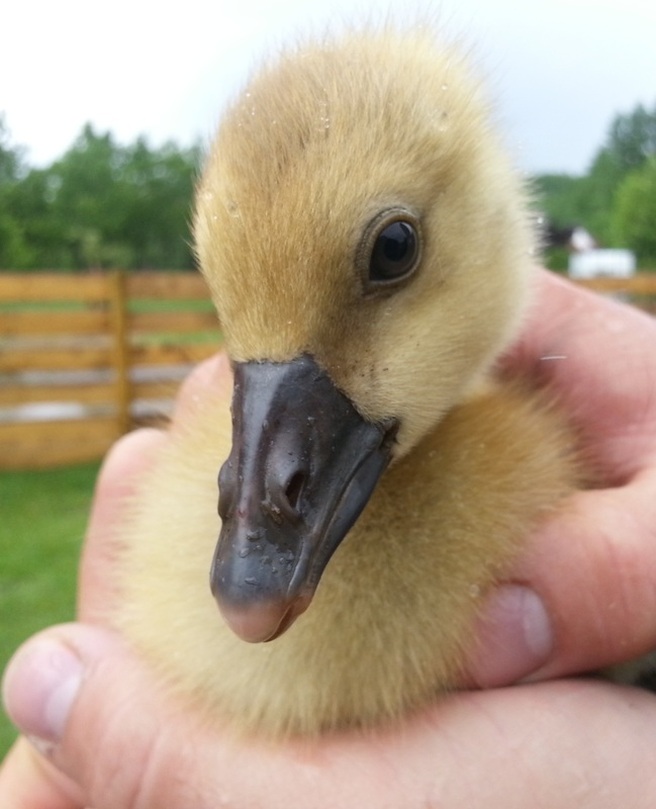
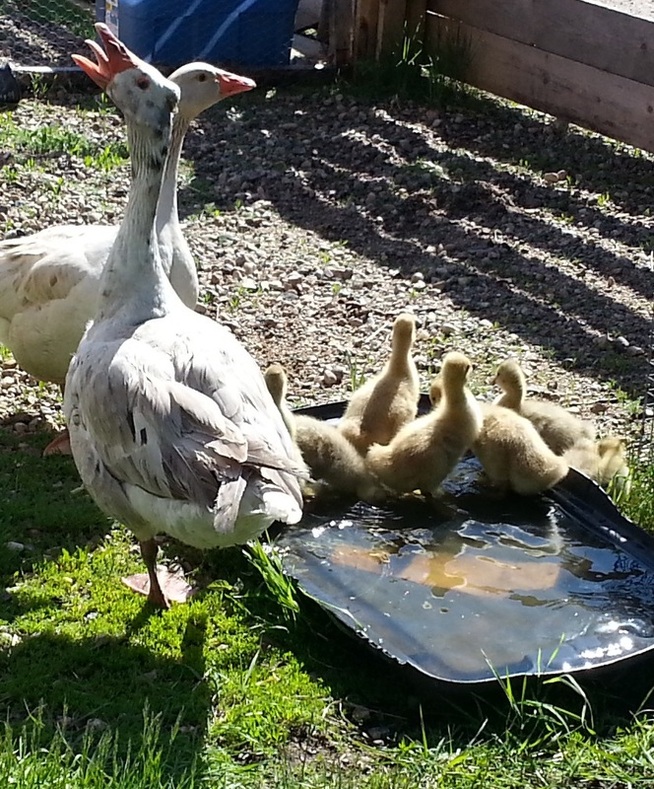
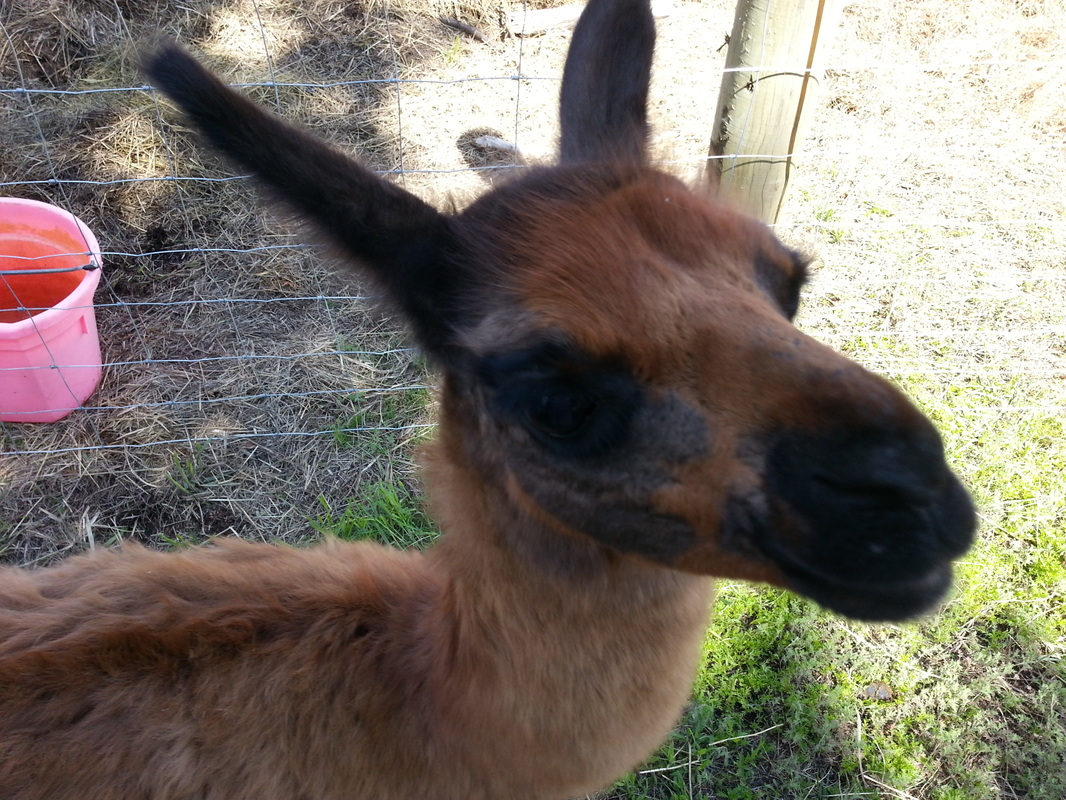
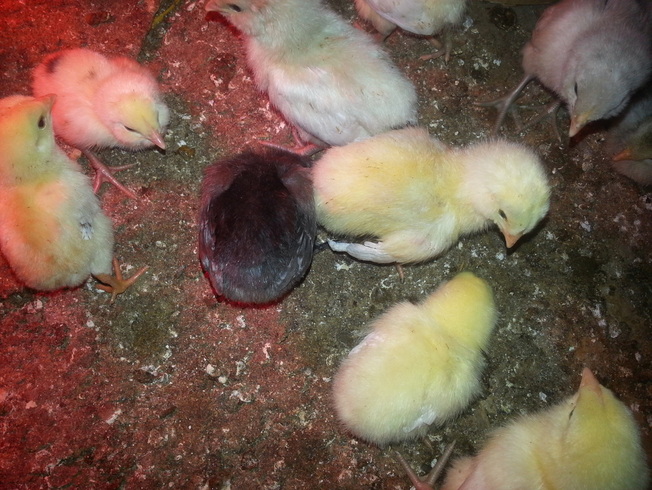
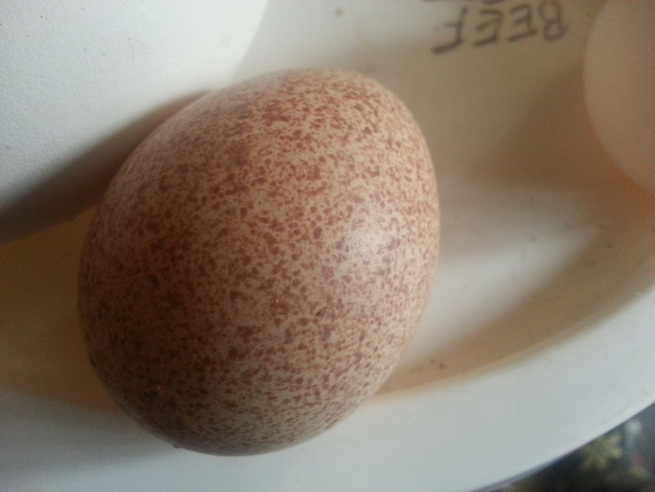
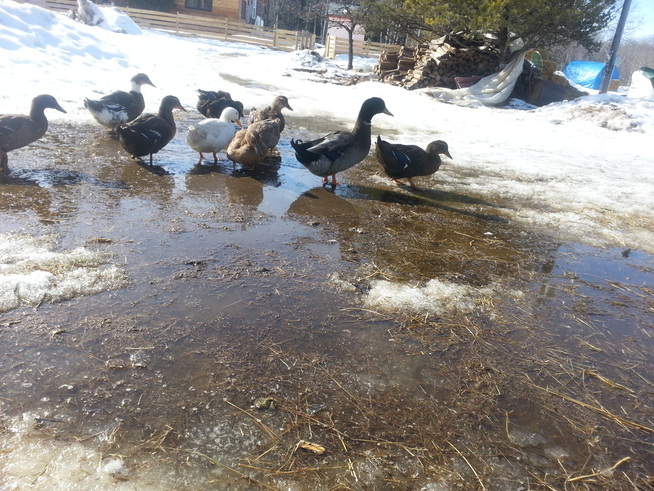
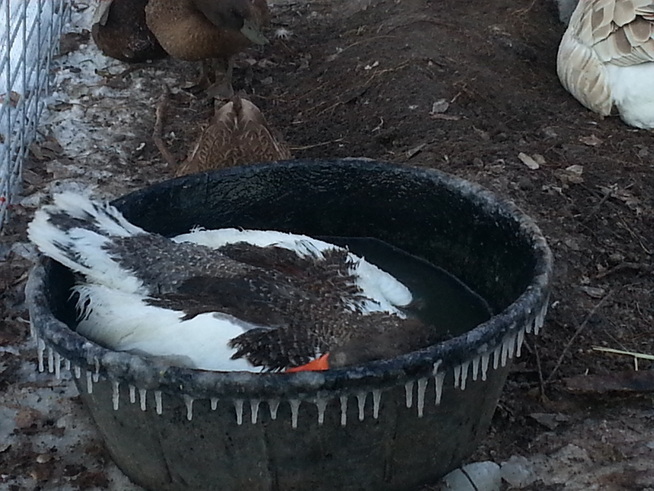
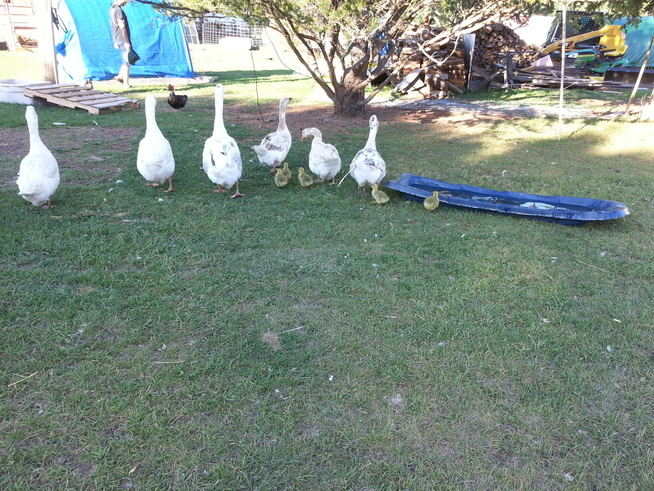
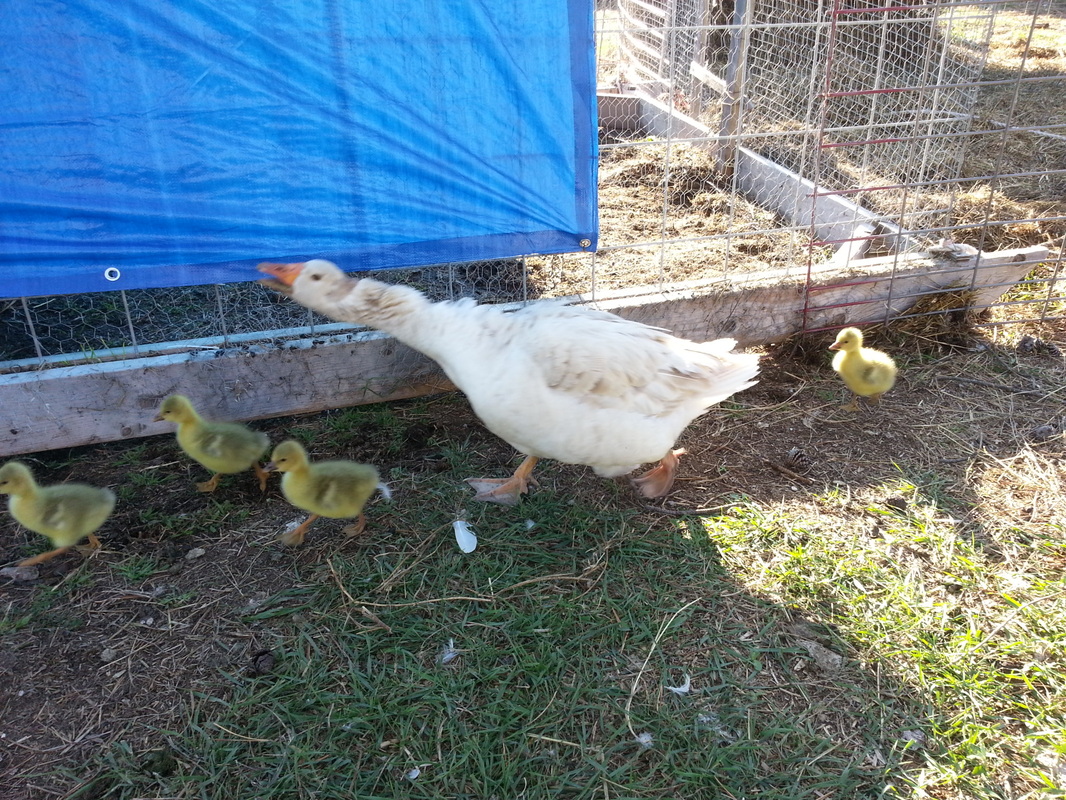
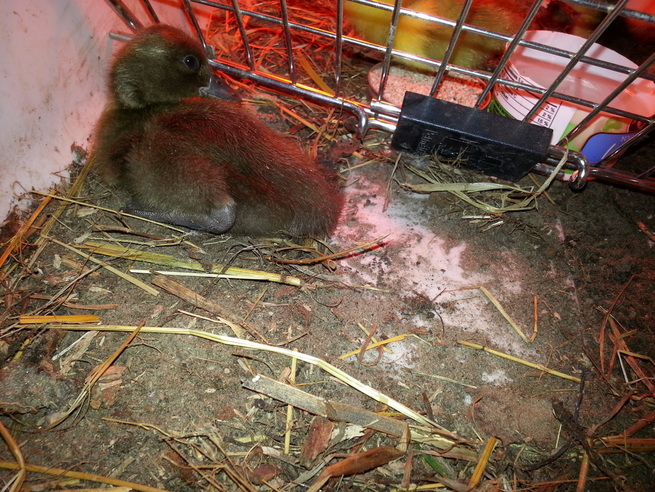
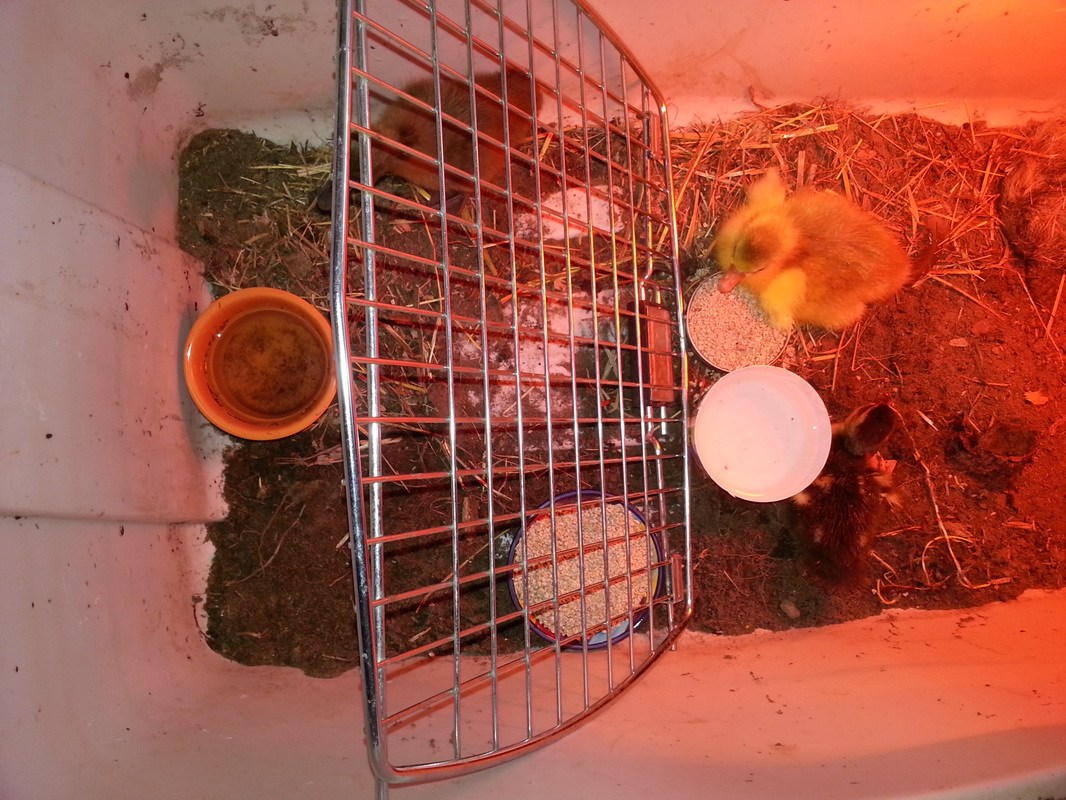
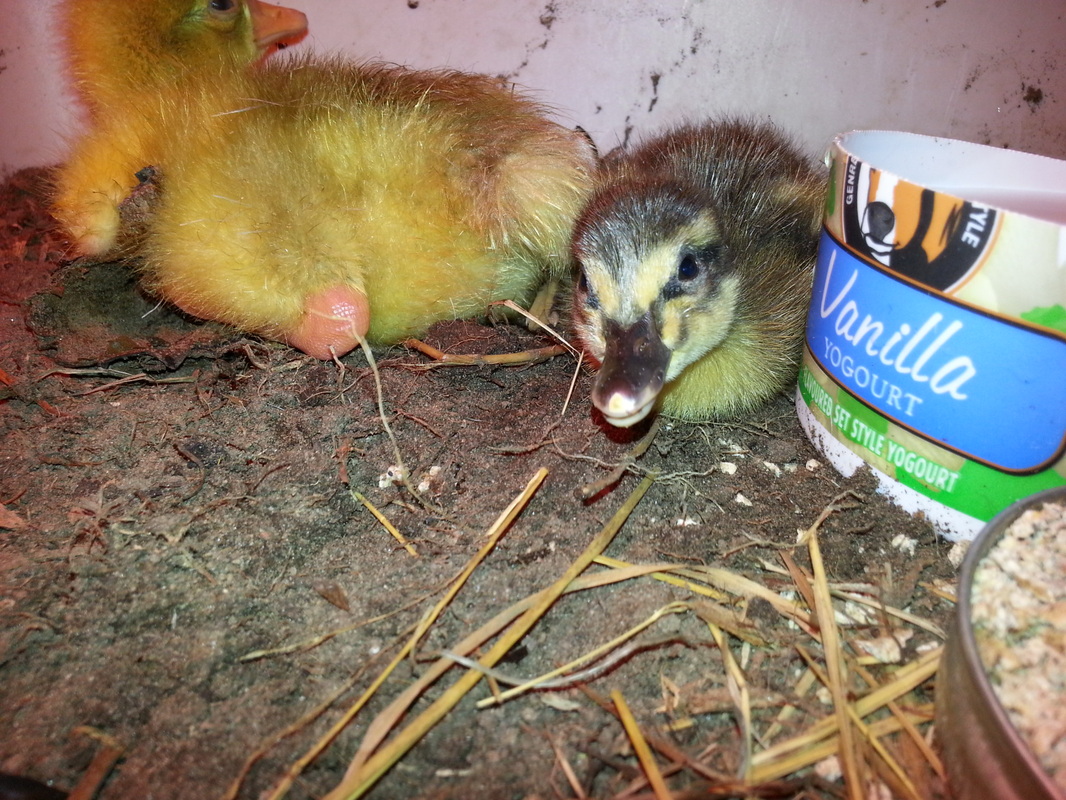

 RSS Feed
RSS Feed